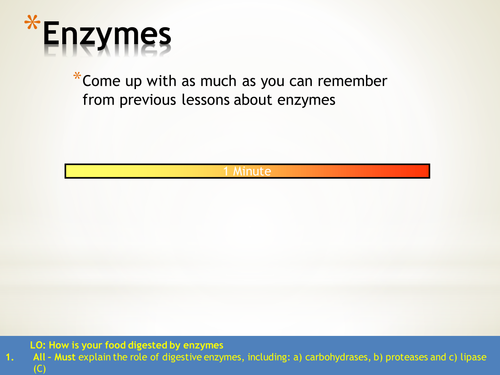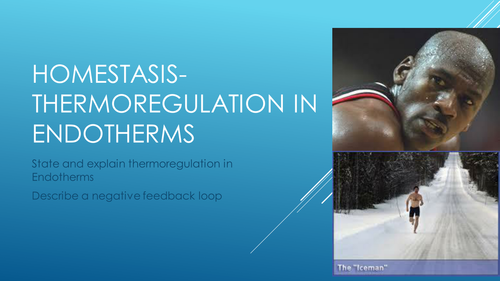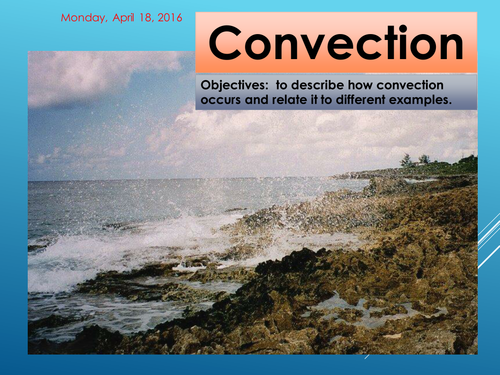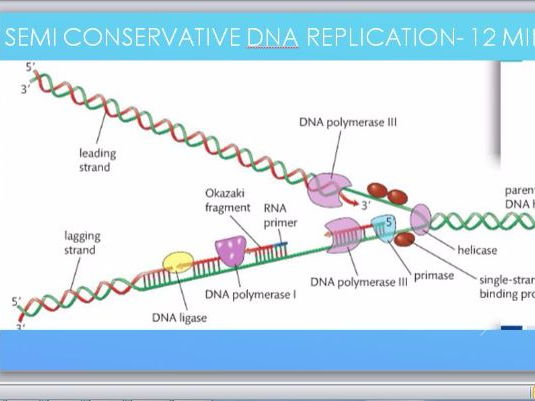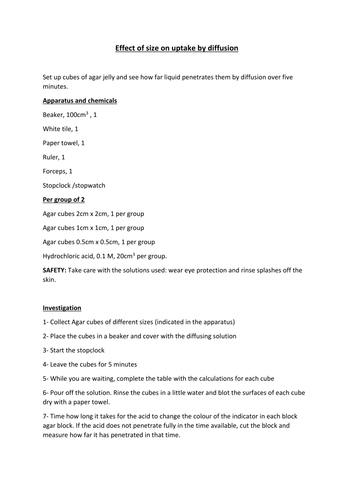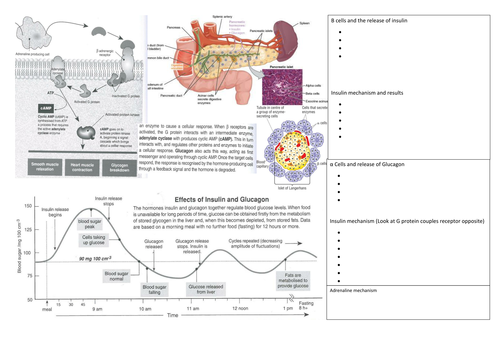Tom_howard12's Shop
Teacher specialising in Biology with focus on latest teaching practice. Enjoy creating easily follow-able presentations. All GCSE and KS5 presentations go into high levels of scientific detail. Tight connection between resources and presentations for a conducive learning experience. Taught in both non-selective and Grammar schools. If you enjoy my lessons or have any suggestions, please do leave a review or some tips, it really does help.



